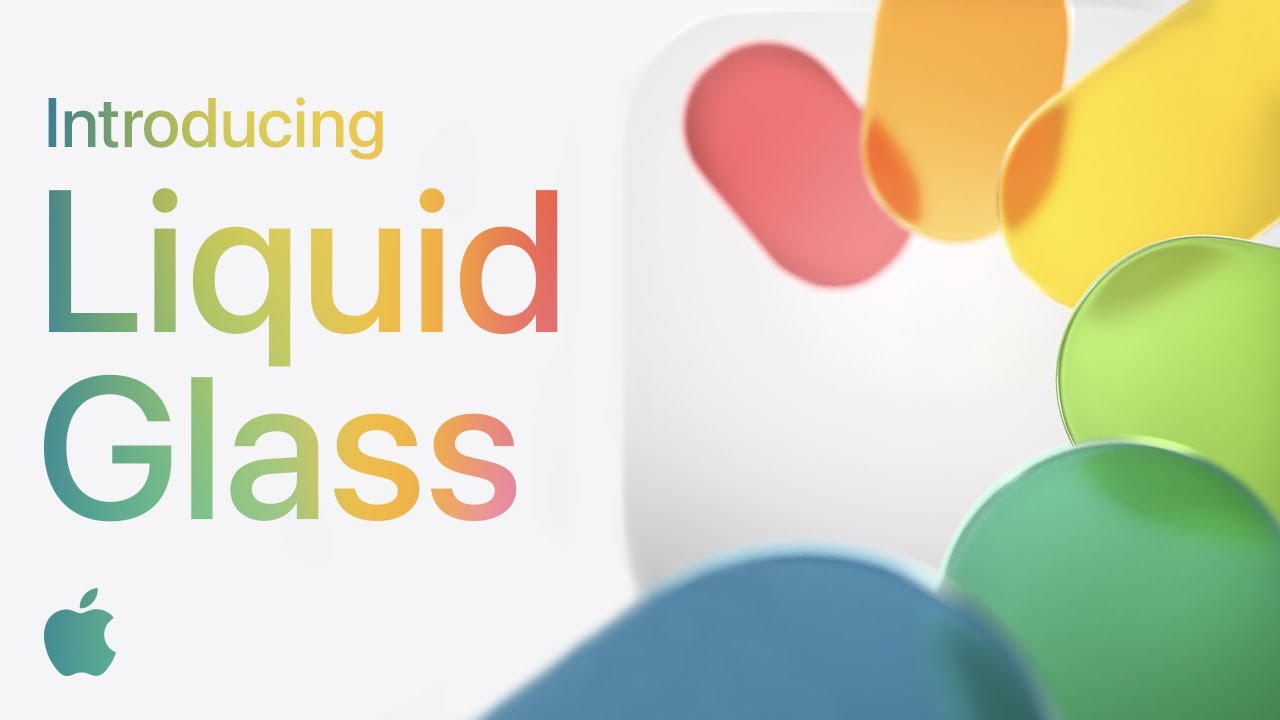Apple's recent iOS updates, particularly in the context of iOS 26, have introduced a highly dynamic and fluid visual style often referred to as the 'Liquid Glass' UI. This cutting-edge interface is characterized by a real-time, content-aware blur and reflection effect that creates the illusion of layered, translucent, and moving surfaces. This sophisticated aesthetic responds to user interactions and device motion, offering a deeply immersive user experience. You can see discussions about its implementation challenges, especially for Flutter, on this GitHub issue and the Ni18 blog.
The underlying technology behind the 'Liquid Glass' UI relies on advanced graphics layers within iOS, such as Core Animation and Metal shaders, to achieve its dynamic blur and parallax effects. A significant advantage for native iOS applications, built with SwiftUI or UIKit, is that they automatically inherit these visual effects. This seamless integration ensures that applications developed natively for iOS can effortlessly adopt the latest design trends without requiring extensive custom implementation.
The emergence of such a distinct native UI style carries significant implications for cross-platform development. Design parity becomes a critical concern, as iOS users increasingly expect these modern visuals. If cross-platform applications fail to match this fidelity, they risk appearing "flat" or outdated compared to their native counterparts. This highlights that the "native fidelity gap" for cross-platform frameworks is not static but constantly evolves with new OS-level UI innovations. It's not merely about basic components but about subtle, dynamic visual effects that define a modern user experience. This situation underscores a broader industry trend where user experience, driven by sophisticated visual design, is becoming as critical as performance and functionality. For cross-platform development, the ability to mimic or integrate with native UI trends directly impacts market competitiveness and user satisfaction. The challenge for frameworks like React Native and Flutter is to adapt their rendering capabilities and native integrations to keep pace with these evolving native design languages.



